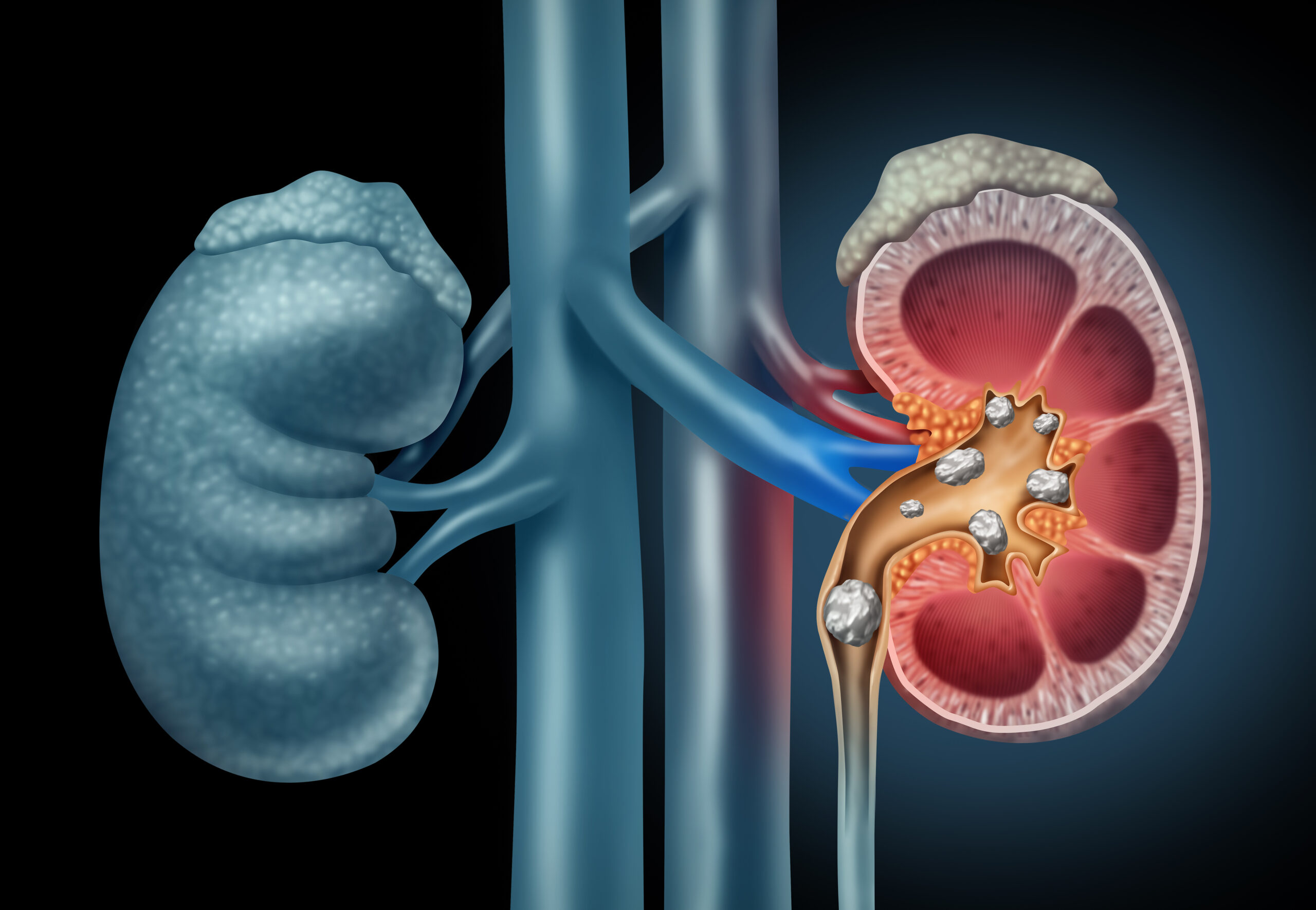The 12-item World Health Organization Disability Assessment Schedule
The 12-item World Health Organization Disability Assessment Schedule (WHODAS 2.0) represents a significant development in the field of health and disability evaluation. Developed by the World Health Organization, it’s a tool designed to measure the level of functional disability and health-related quality of life across diverse populations and settings. Unlike many of its predecessors, WHODAS 2.0 is universally applicable, transcending cultural, socio-economic, and age barriers. It does this by focusing on an individual’s level of functioning in various domains rather than on a specific diagnosis or condition.
The essence of WHODAS 2.0 lies in its ability to capture the impact of any health condition – physical or mental – on an individual’s everyday life. This ability makes it a versatile tool in both clinical and research settings. It assesses six domains of functioning: cognition (understanding and communicating), mobility (moving and getting around), self-care (hygiene, dressing, eating, and staying alone), getting along (interacting with other people), life activities (domestic responsibilities, leisure, work, and school), and participation (joining in community activities and dealing with problems of life). Each domain is carefully designed to evaluate how health conditions affect an individual’s capacity to function, thereby providing a comprehensive understanding of the individual’s overall disability.
One of the key strengths of WHODAS 2.0 is its standardization. The instrument has been calibrated and standardized across different cultures and languages, ensuring its reliability and validity globally. This standardization is crucial for comparing data across different regions and demographics, making it a valuable tool for global health research. Furthermore, WHODAS 2.0 is user-friendly and can be administered by health professionals, researchers, and trained lay interviewers, either as a self-reported questionnaire or as an interview.
In clinical practice, WHODAS 2.0 provides a holistic view of a patient’s functioning, which is vital for creating effective treatment plans. It helps clinicians understand the broader impact of a health condition on an individual’s life, beyond the immediate symptoms or medical diagnosis. This perspective is particularly important in chronic conditions, mental health, and rehabilitation, where the goal is often to improve overall quality of life and functional ability.
In research, WHODAS 2.0 has proven to be an invaluable tool for epidemiological studies and health economics. Its ability to quantify disability allows for the analysis of the burden of different health conditions on populations. It also facilitates the evaluation of healthcare interventions and policies, providing evidence for their effectiveness in improving functional outcomes. Researchers appreciate its flexibility, as it can be used in a wide range of study designs and populations.
Moreover, the inclusion of different versions of the scale – including a 12-item version for quick assessments and a 36-item version for detailed evaluations – adds to its versatility. This flexibility ensures that WHODAS 2.0 can be adapted to various time constraints and information needs, making it suitable for both quick screenings and comprehensive assessments.
The 12-item version of WHODAS 2.0, specifically, is designed for efficiency and ease of use. It includes key questions from each of the six domains, providing a snapshot of an individual’s functional disability. This version is particularly useful in settings where time or resources are limited, such as primary care or large-scale surveys. Despite its brevity, it retains the robustness and reliability of the full version, making it a practical choice for many applications.
In conclusion, WHODAS 2.0, particularly its 12-item version, is a testament to the evolving understanding of health and disability. It moves beyond traditional medical models, emphasizing the importance of functional ability and quality of life. Its universal applicability, ease of use, and comprehensive approach make it a vital tool in both clinical and research settings. As health care continues to evolve towards more patient-centered models, tools like WHODAS 2.0 will play a crucial role in shaping our understanding and management of health conditions.









